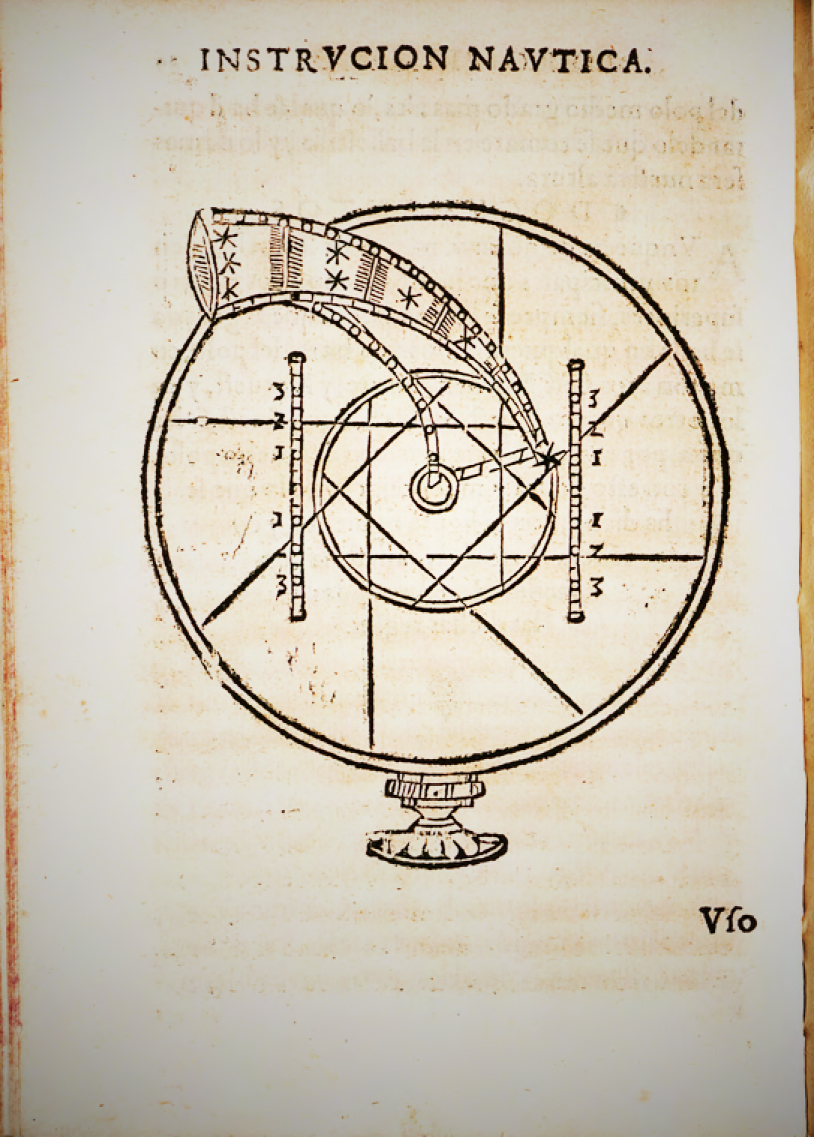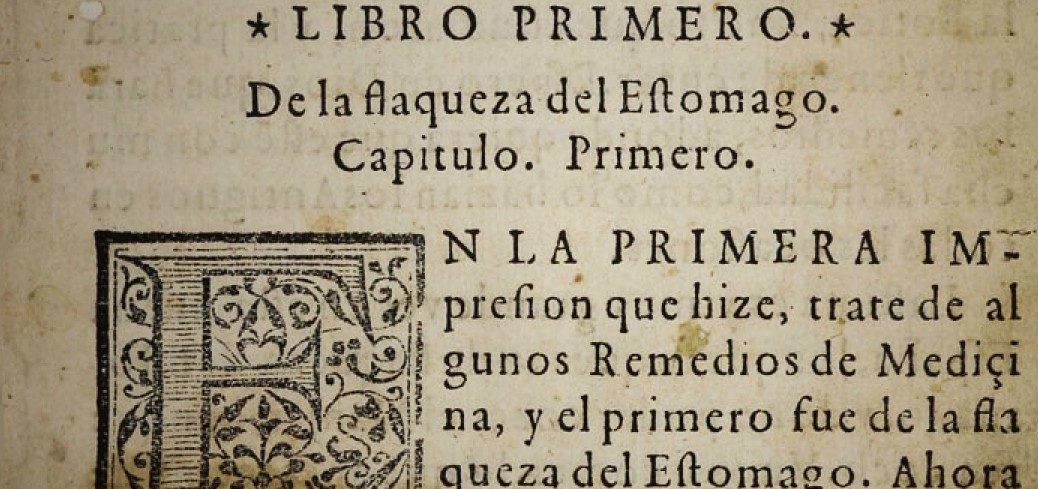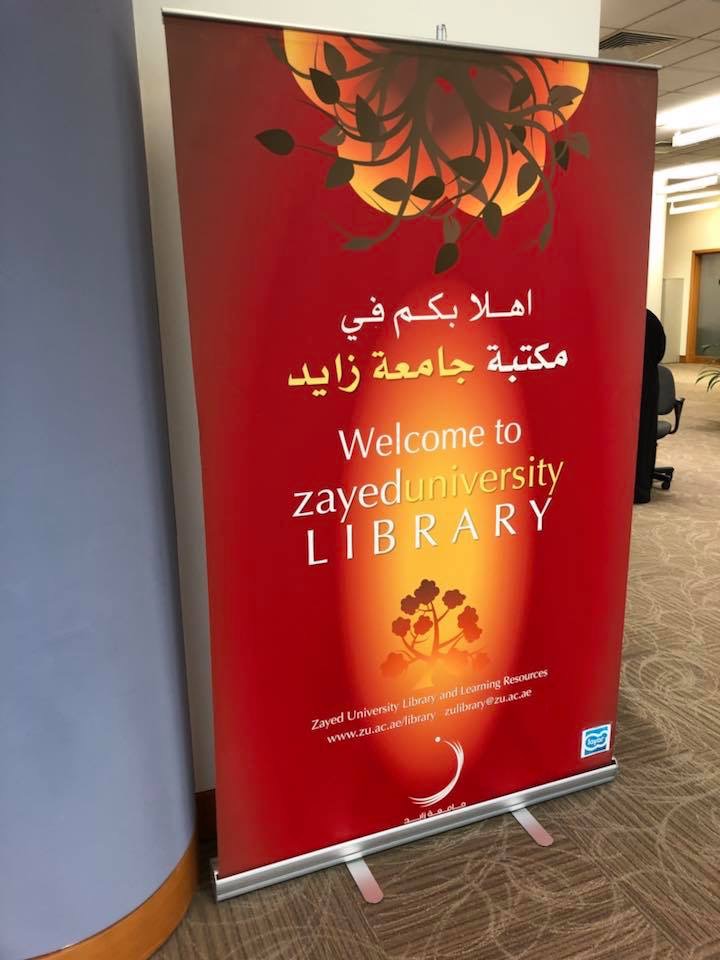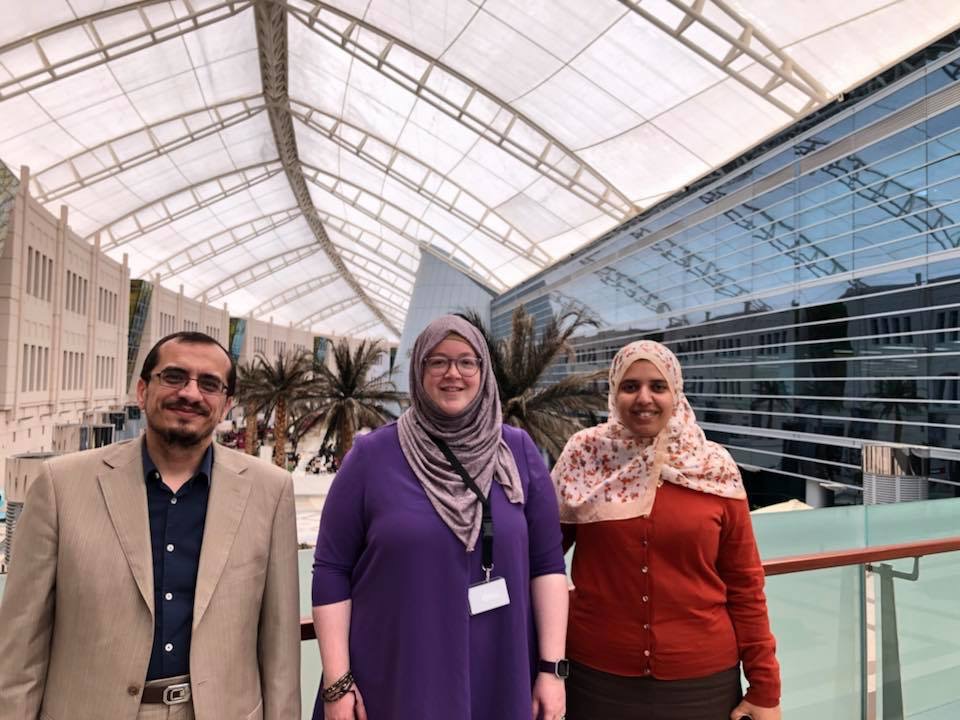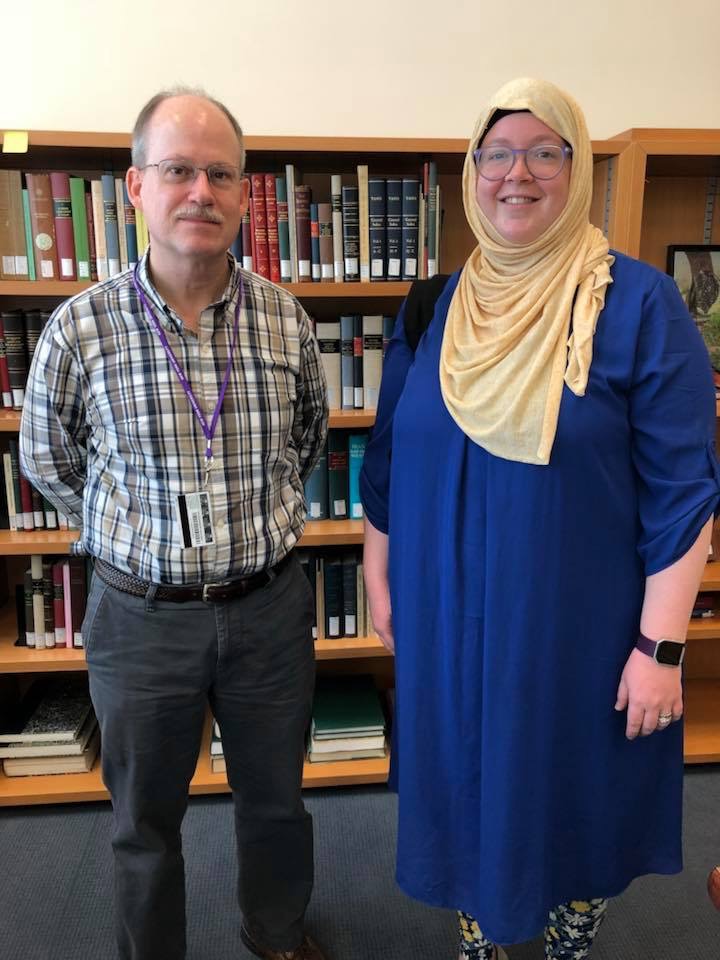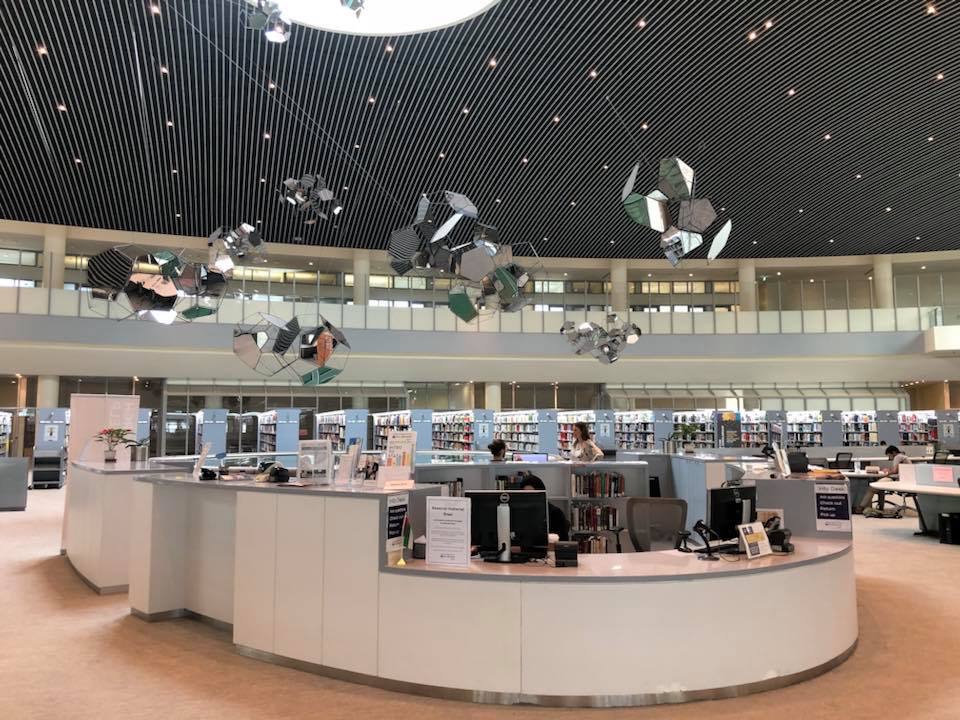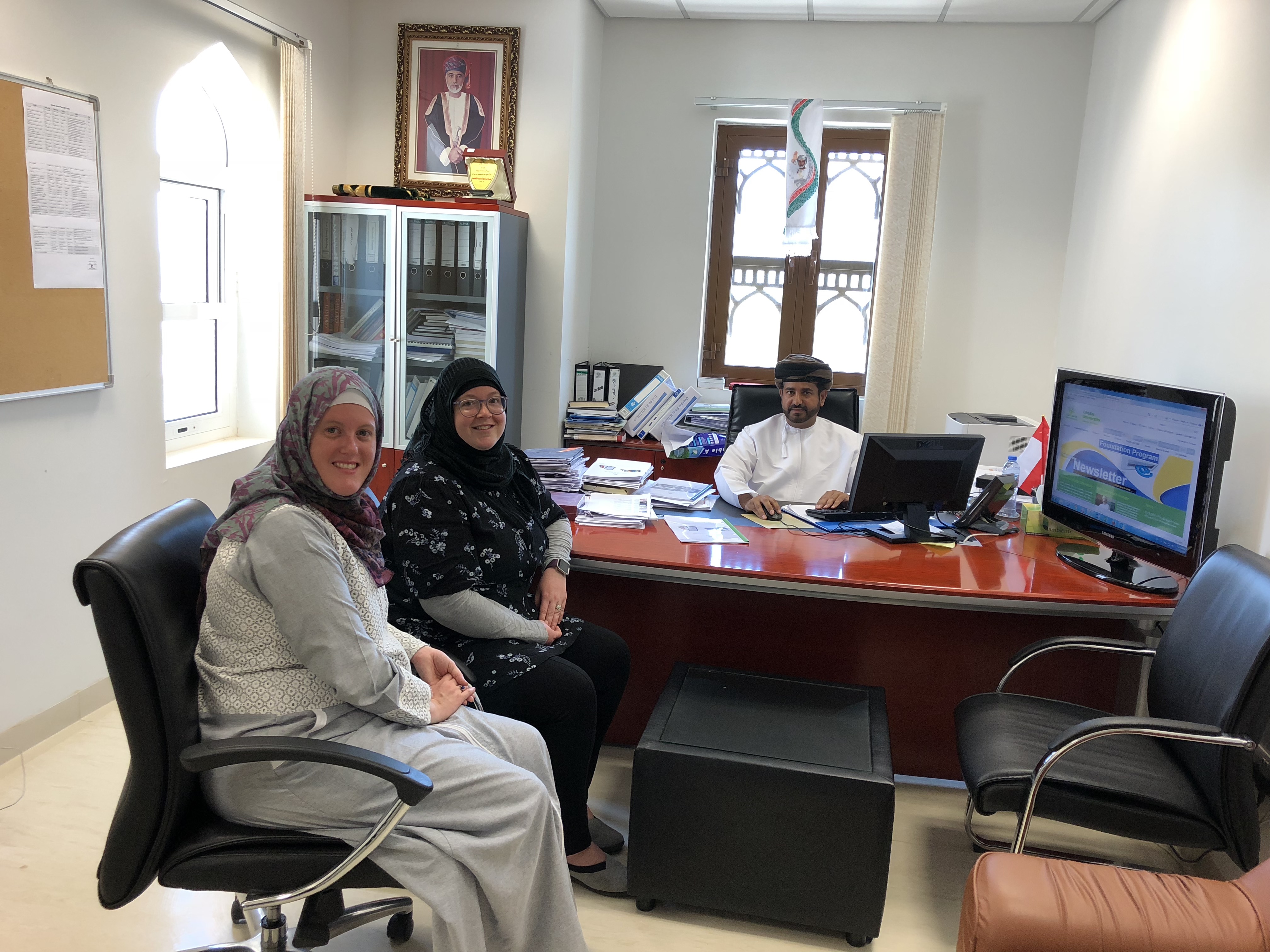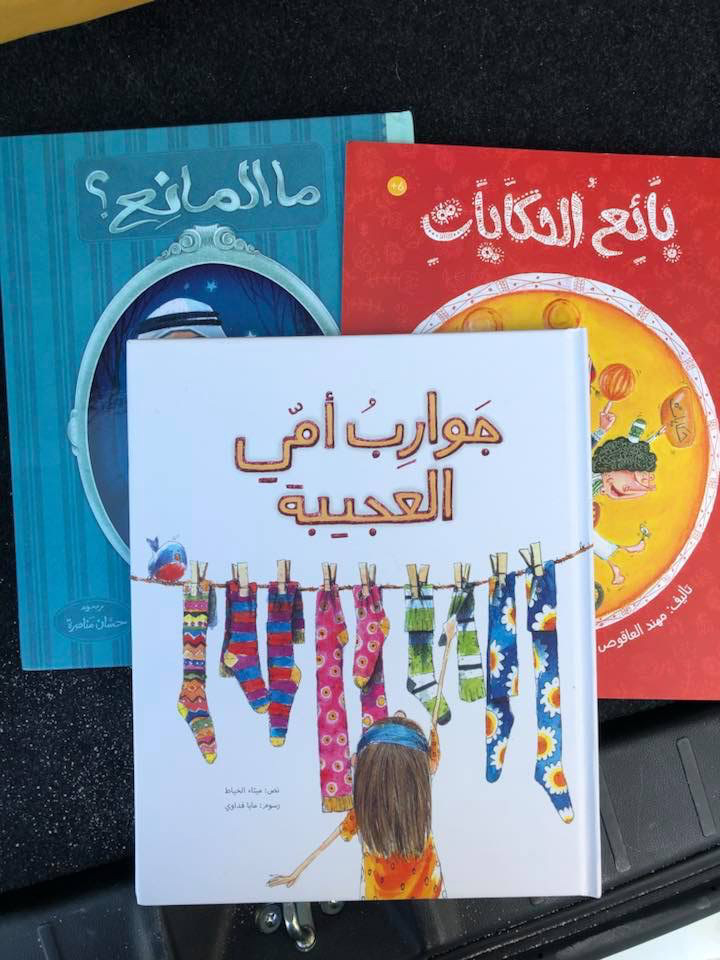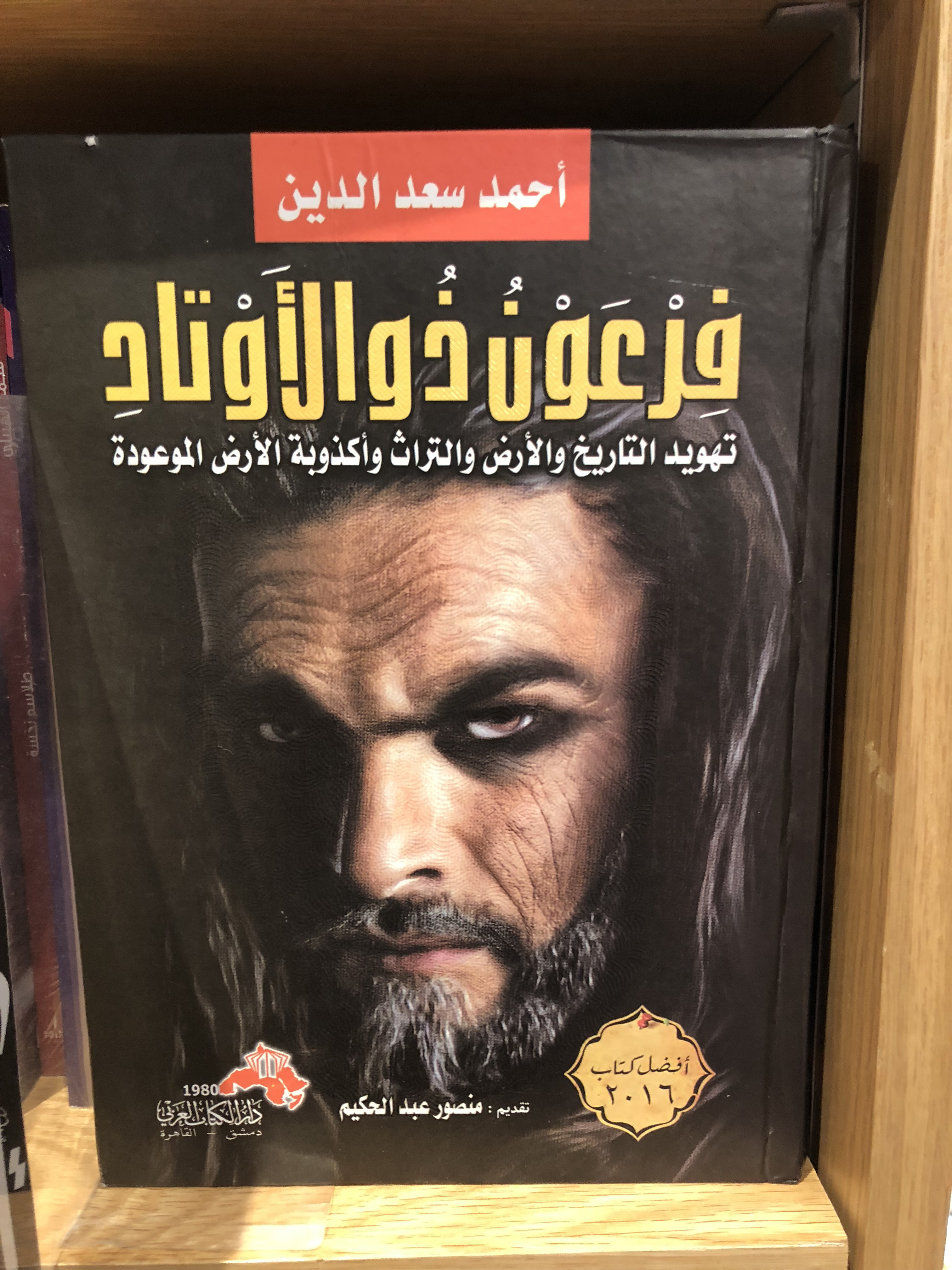Read, hot & digitized: Librarians and the digital scholarship they love — In this series, librarians from UTL’s Arts, Humanities and Global Studies Engagement Team briefly present, explore and critique existing examples of digital scholarship.
“It is astonishing how common this illness is, how it afflicts and torments so many with such grave accidents, that when a man or a woman barely turns 20-years-old they start complaining of melancholy and heartache. Some go about full of fears and shocks, and it is fixated in their imagination that they are about to perish. Others say that a who-knows-what climbs up from their spleen and their belly to their heart, shredding it to pieces.”
Such are the symptoms of depression as described in the first Spanish-language medicine book ever printed in the Americas (Mexico City, 1592), written by Agustín de Farfán. Even though the ailment has not changed, the way we access Farfán’s book has come a long way, from the extremely rare copy of an early American imprint, available in a handful of specialized libraries around the world, to the digital images easily discoverable through Primeros Libros.
What started in 2010 as a joint endeavor by two Texas university libraries and three libraries in the Mexican state of Puebla, is now a collaborative project in which 25 institutions, from California to Massachusetts, from Chile to Spain, have joined forces to digitize the books produced during the first century of the printing press in the Americas, up to 1601.
Primeros Libros is now an outstanding example of international library collaboration.
The goal is to provide digital access to a corpus of 136 titles published in the Viceroyalty of the New Spain (Mexico), where the printing press was established in the year 1539, and 20 titles published in the Viceroyalty of Peru, where the first master printer arrived in 1580.
Users of Primeros Libros might renew their appetite for browsing leisurely in a digital library of very rare books. They could look for the word agua in various indigenous languages, or visit the last pages of the naval engineering book by Diego García de Palacio in search of zingladura (spoiler: it means a day’s travel by ship). Aristotelian logics might be too intricate, at least compared with the modest joy of finding an acrostic poem at the end of Alonso de la Vera Cruz’s Dialectica Resolutio cum Textu Aristotelis.
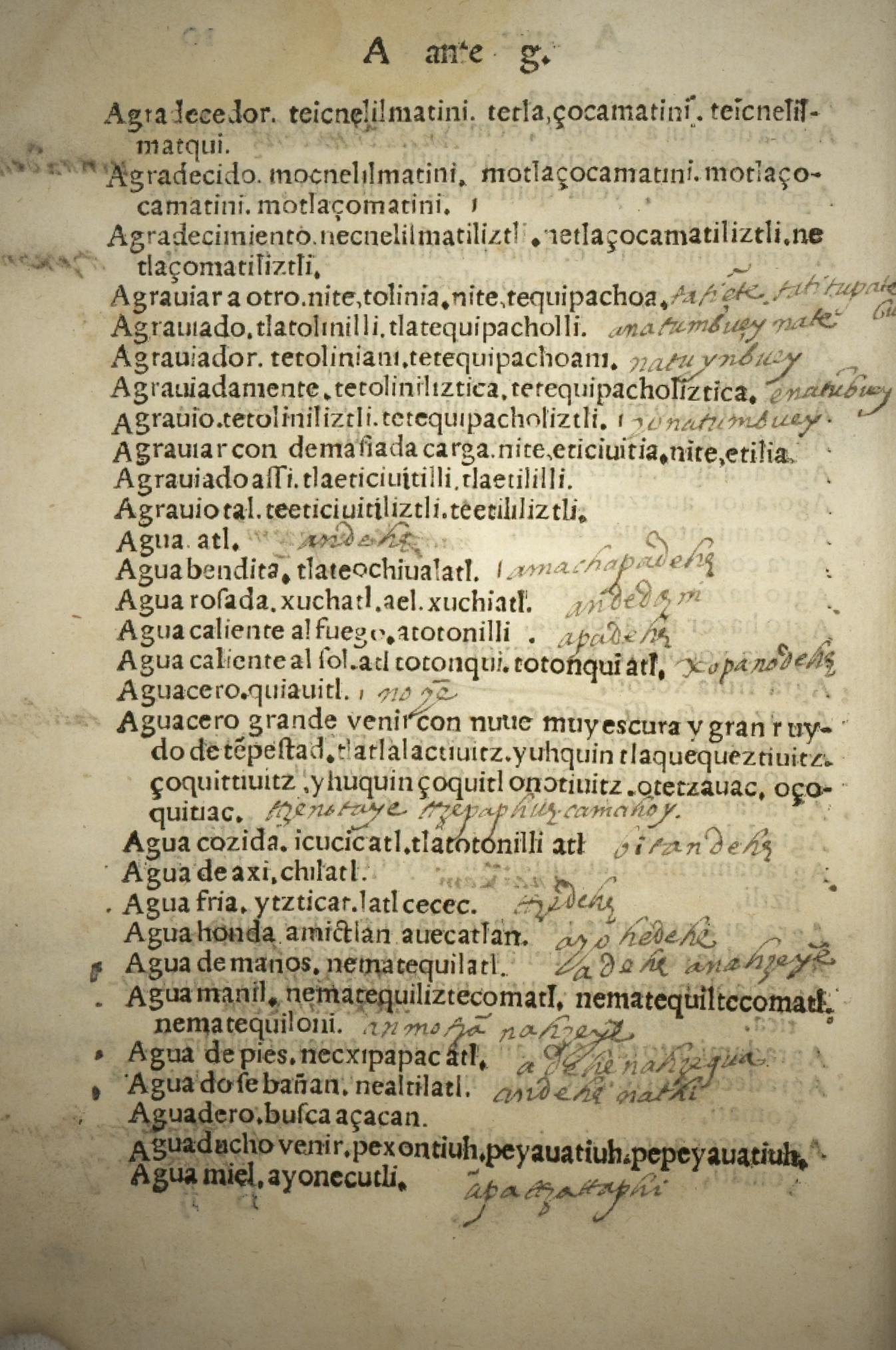
When two or more member libraries own the same title, all copies are digitized and shared on-line, so that researchers can trace ownership, find missing pages, study pen facsimiles, and compare marginal annotations.
Although many a curious thing awaits the casual visitor to Primeros Libros, serious scholarship can be undertaken through this site.
The cross and the sword—religious zeal and military subjugation—were the tools of colonization of the Spanish empire. Primeros Libros is an invaluable resource for understanding the dissemination of the Catholic faith during a period of tremendously violent cultural clashes. To convert the native population, friars became linguists who learned and codified the most widely spoken indigenous languages.
Many titles in Primeros Libros, alongside catechism books that offer the basics of Catholicism, are grammars and dictionaries intended to help missionaries learn the native tongues so that they could preach and pray in the language of the natives.
This formidable linguistic enterprise was undertaken by friars with the aid of natives, not only as speakers of their languages, but also as interpreters and teachers—among the indigenous nobility, some youth were taught Latin and Spanish, and later participated in the elaboration of grammars and dictionaries. Linguistics, anthropology, history of the book, religious studies, philosophy, and history of science—these are some of the disciplinary perspectives enhanced by the Primeros Libros project.
Primeros Libros is a work in progress in which some institutions, already on board with the partnership, are in the process of digitizing their copies. Therefore, not all of the known titles in this corpus are already accessible online. The site will be greatly enriched when the first books printed in Peru become available. Even though the site is not always user-friendly, the inconveniences are minimal compared to the potential for research and education contained in this digital library.
